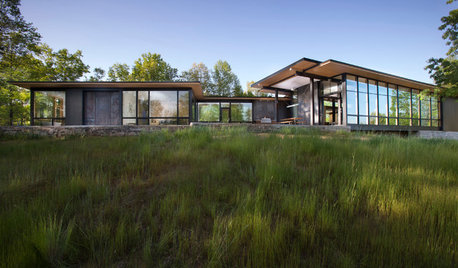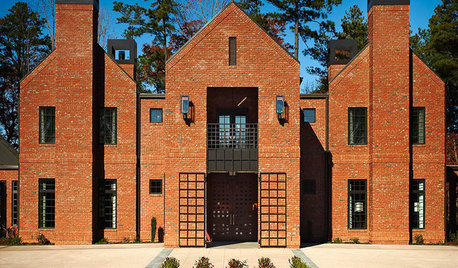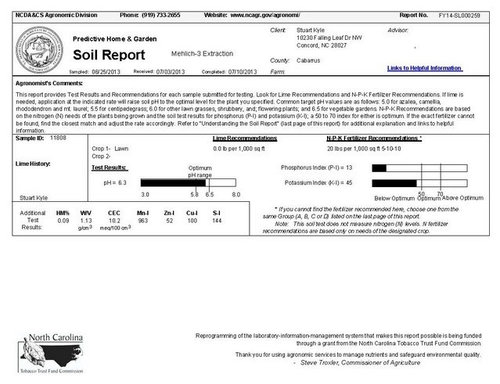New Lawn in Charlotte, NC
smkyle
10 years ago
Related Stories

FRONT YARD IDEASBefore and After: Front Lawn to Prairie Garden
How they did it: Homeowners create a plan, stick to it and keep the neighbors (and wildlife) in mind
Full Story
LANDSCAPE DESIGN15 Great Ideas for a Lawn-Free Yard
End the turf war for good with hardscaping, native grasses and ground covers that save water and are easier to maintain
Full Story
EARTH DAYThe Case for Losing the Traditional Lawn
Work less, help the environment and foster connections by just saying no to typical turf
Full Story
LAWN ALTERNATIVESStop Fighting the Patchy Lawn!
Here are 3 situations where a garden may be a better idea than more turfgrass
Full Story
MOST POPULARMeet a Lawn Alternative That Works Wonders
Carex can replace turfgrass in any spot, is low maintenance and adjusts easily. Add its good looks and you’ve got a ground cover winner
Full Story
SAVING WATERHouzz Call: Are You Letting Go of Your Lawn?
Many facing a drought are swapping turf for less thirsty plantings. If you’re one of them, we’d like to hear about it
Full Story
TRADITIONAL HOMESHouzz Tour: English Country Home in the American South
This Charlotte, North Carolina, showhouse offers ideas for a fresh, family-friendly take on traditional design
Full Story
LIFEThe Moving-Day Survival Kit: Lifesaving Items and Niceties
Gather these must-haves in advance for a smooth move and more comfortable first days in your new home
Full Story
CONTEMPORARY HOMESHouzz Tour: Natural Beauty in the Blue Ridge Mountains
Generous glass opens this home to its acres of views, while wood and steel keep it strong and grounded
Full Story
ARCHITECTUREHouzz Tour: Family, Fundraising and 'Familiar Modern' Style
Parties for 300 and private time merge in an award-winning design for a university chancellor's residence
Full StoryMore Discussions








tiemco
dchall_san_antonio
Related Professionals
Wrentham Landscape Architects & Landscape Designers · Essex Landscape Architects & Landscape Designers · Dallas Landscape Contractors · Damascus Landscape Contractors · Darien Landscape Contractors · Elmhurst Landscape Contractors · Harvey Landscape Contractors · Hollywood Landscape Contractors · Melrose Park Landscape Contractors · Natick Landscape Contractors · Plymouth Landscape Contractors · Riverhead Landscape Contractors · Vallejo Landscape Contractors · Waterford Landscape Contractors · Phoenix Swimming Pool BuilderssmkyleOriginal Author
ncrealestateguy
smkyleOriginal Author